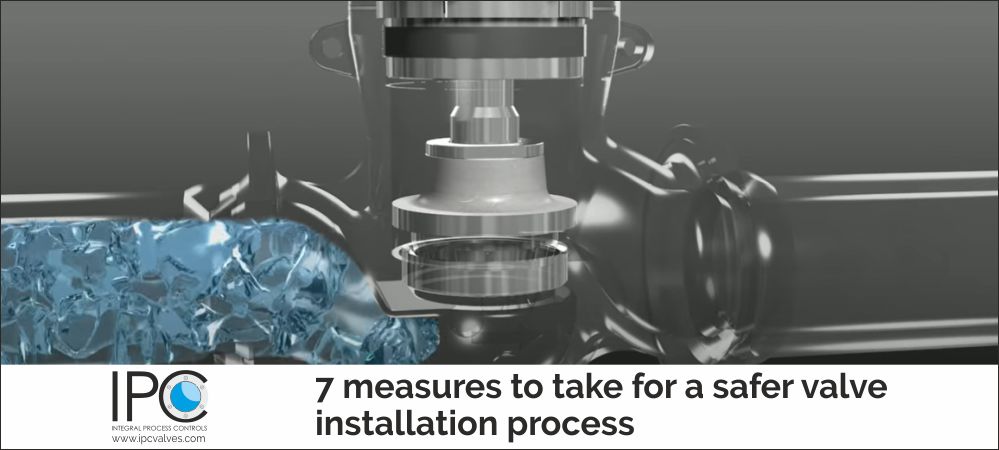Imagine walking into a professional wrestling match without any protective gear.
You may be a skilled wrestler. You may have full confidence that you can keep the opponent in control, but since you have not taken any precautions to protect yourself, the slightest mistake could could cost you dearly.
Installing a valve is akin to participating in a wrestling match.
If proper care is not taken, valves can fight back and put your physical safety in danger. Taking a few simple steps during valve installation could prove immensely valuable in terms of safety.
Here are 7 simple precautions to take when installing valves.
Take the correct position:
Ensure that the valve is in a proper position before you start with the installation. Inspect the valve closely. It is advised that certain valves should be in a closed position when they are being installed. However, manual ball valves are installed in an open position, and the line is then flushed.
Guard yourself from the attack:
Do not forget to wear protective goggles. Activities such as soldering or welding, grinding etc could lead parts of harmful materials to fly in all directions at high speed.
Keep it cool:
Heavy welding could harm your valve. Overheating due to welding can damage the soft internal parts of the Valve. Continuous cooling of the Valve by a water jet or a thick water soaked cloth can do the trick.
Strike at the right moment:
When changing soft parts like O rings or tightening the nuts, wait till the moment the valve is completely cooled off and then take up the work at the right moment.
Cover the weaker areas:
Seals made of EPDM are quite popular as the material can resist damage caused by substances such as glycol. However, if the valve has EPDM seal, attention must be paid to the materials being used in installation and maintenance of the valve. When it comes to EPDM seals, any substance containing turpentine, hydrocarbon solvents, or petroleum products, should not be used to work on the valve.
Tackle the pressure points:
If there is high pressure inside the valve, it could lead to hot gases getting discharged which can endanger your safety. To prevent this from happening, open the valve as slowly as possible so that venting can be done safely.
Make a clean finish:
Flush the pipeline properly to remove any welding splatters, rod stubs etc that might be left behind before you start operating the valve.
Conclusion
Safety of the ground-level employees is paramount when it comes to valve installation. The quality of valves also plays a key role in enhancing the degree of safety on the field. IPC has proven expertise in delivering high-performance valves for various sectors of the industry.
If you want valve with high durability, and high traceability to make your operations safe and sound,
write to us at evalve@ipcvalves.com or call on +91 (020) 6630 4580 / 6630 4583

